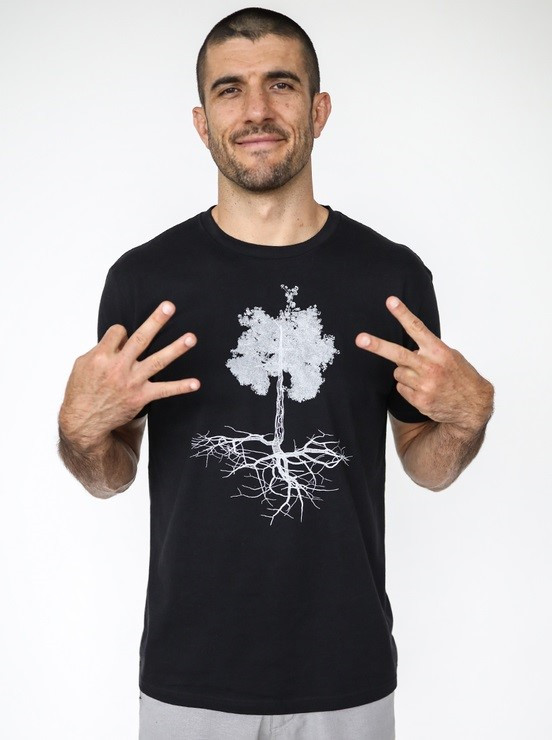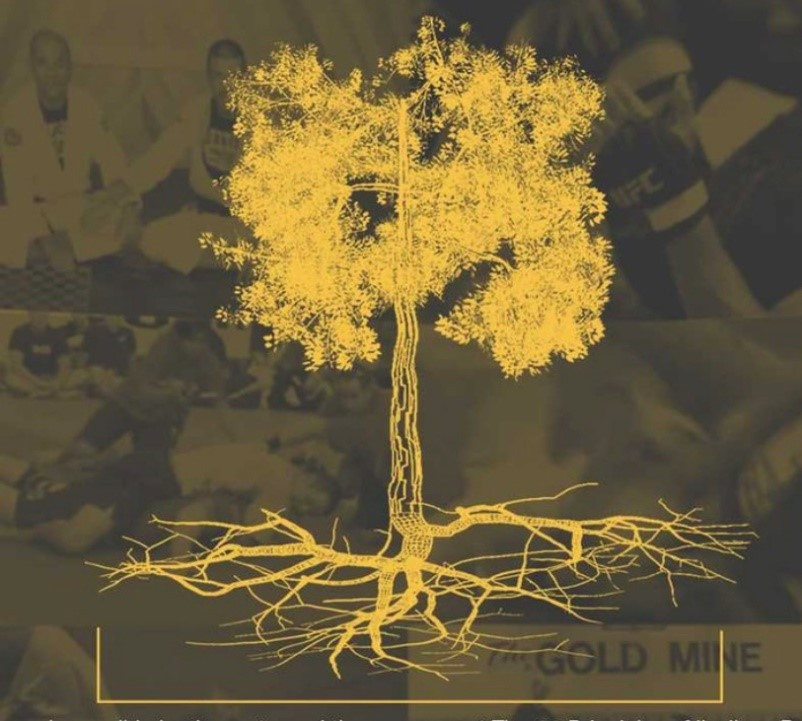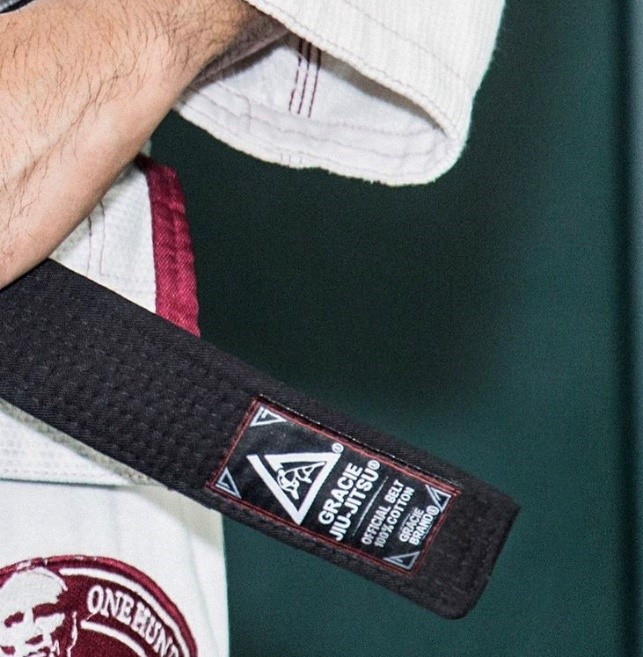The 32 Principles: Achieving Artistry (Part 3 of 3)
The 32 Principles represent different ways of achieving efficiency, which is the apex principle of Jiu-jitsu. The greatest Jiu-jitsu practitioners strive to expend as little energy as possible when on the mat. They know that conserving their energy, while letting their opponents waste theirs, will give them the best chances of survival.
What follows is a very brief overview of each of the 32 Principles. For a more in-depth look, you’ll have to check out the four installments on the Gracie University site.

- Connection. This principle is about the way in which you connect with your opponent, either to control or predict their movement.
- Detachment. Opposite the connection principle is the detachment principle; it means knowing when to let go.
- Distance. This principle is about managing distance to neutralize your opponent’s ability to pace the fight or inflict damage.
- Pyramid. The pyramid principle teaches you to maintain at least three points of contact with the ground and your opponent to give you control and help keep balance. This applies to the horizontal plane, as well as the vertical plane.
- Creation. The creation principle focuses on how certain actions can elicit specific responses from your opponent, and that those responses often open new opportunities. The creation principle is a major reason why people often refer to Jiu-jitsu as being like a chess match.
- Acceptance. The acceptance principle is vital to efficiency because this principle maintains that certain outcomes are extremely likely, and it teaches you to know when to yield to avoid wasting energy.
- Velocity. The velocity principle is about changing your operational speed to make it difficult for your opponent to know how to react.
- Clock. In baseball, a changeup is a pitch thrown at a lower speed to disrupt the batter’s timing and to make them swing and miss. The clock principle is similar. By altering your timing, you can confuse your opponent’s timing.
- River. The river principle focuses on the use of negative space. As Renner says, when a rock appears in a river, the water flows where the rock is not.
- Frame. As discussed above, the frame principle is about conserving energy and increasing leverage by using your body’s frame rather than your muscles.
- Kuzushi. A Japanese term common in judo, “kuzushi” means the breaking of balance. By disrupting your opponent’s balance, you disrupt their ability to control the fight.
- Reconnaissance. This principle focuses on your ability to gather and apply information.

- Prevention. The prevention principle is about stopping progress and disrupting your opponent’s strategy. This doesn’t necessarily mean attacking. It just means preventing your opponent from progressing.
- Tension. This principle applies to the creation and release of tension during a fight.
- Fork. The fork principle is similar to the kind of thinking that helps chess players put their opponents into checkmate. The fork principle is the creation of a dilemma for your opponent where they only have two options and both of them mean game over.
- Posture. This principle is about how your opponent’s body needs to be in a certain position or posture to successfully do certain moves. By disrupting their posture, you can make it impossible for them to do the move.
- False Surrender. The false surrender is a major tactic taught in Gracie University’s Women Empowered program, but the principle behind the tactic can be applied universally. By voluntarily yielding to your opponent, you trick them into overextending, which allows you to mount a counterattack.
- Depletion. This is one of the most fundamental principles in Jiu-jitsu because it is the opposite of the apex principle of efficiency. By depleting your opponent physically and mentally, you can push them into making a mistake.
- Isolation. The isolation principle is about focusing on an individual body part of your opponent while attacking or removing that body part from the fight.
- Sacrifice. The sacrifice principle maintains that making your opponent think that they’ve taken something of value can push them to make a mistake.
- Momentum. The momentum principle teaches you how to use physics to your advantage.
- Pivot. Similarly, the pivot principle teaches that you can generate more leverage and strength simply by moving or pivoting your position around an axis.
- Tagalong. The tagalong principle is also influenced by physics. Unlike the momentum principle, however, the tagalong principle concerns your ability to use your opponent’s momentum to your advantage.
- Overload. By dedicating a lot of your own resources to a targeted part of your opponent’s body, you can overload them. For example, in most submissions you’re usually overloading a joint or a neck until your opponent taps out. If used correctly, the momentary overload of force will ultimately result in less energy expended.
- Anchor. The anchor principle looks at how you position parts of either your body or your opponent’s body. It can be used to give you greater leverage or it can be used to disrupt your opponent’s ability to freely move around.
- Ratchet. The rachet principle teaches that a precise advancement that places increasing amounts of pressure on your opponent will put them into a tighter and tighter position (think of a ratcheting or socket wrench).
- Buoyancy. The buoyancy principle is about knowing when to surface and when to stay low.
- Head Control. “Where the head goes, the body will follow; and where the head doesn’t go, the body won’t follow,” according to Ryron and Renner.
- Redirection. Redirection is another principle that relies on physics, and it can mean changing the plane of contact or introducing an intercepting force. Both redirect the trajectory of the attack.
- Mobility. Stated very simply by Renner: “If you can’t move your opponent, move yourself.”
- Centerline. The centerline principle is about the strength that comes from having control over one’s centerline. Maintaining that centerline makes you less vulnerable to submission. If you can disrupt your opponent’s centerline by either breaking their symmetry or pushing their appendages out as if like a crucifix, they will be far easier to subdue. The centerline and isolation principles have a lot in common.
- Grandmaster. The grandmaster principle is about your need to continuously evolve your Jiu-jitsu and to always look for improvements and adaptions to make you a better fighter. It teaches that Jiu-jitsu is not set in stone, but a living practice.

Taking a principle-based approach to Jiu-jitsu means more than just committing the 32 Principles to memory. It means recognizing where, when, and how these principles can be applied and how they can be used to better comprehend the art of Jiu-jitsu. Ultimately, having a deep understanding of the 32 Principles will position students to evolve independently and tap into the aspect of Jiu-jitsu where they can express their individuality to the fullest. Like a maestro performing his expression on piano, the Jiu-jitsu practitioner will be able to express his individual style to the fullest. This is what all artists aim to achieve.
